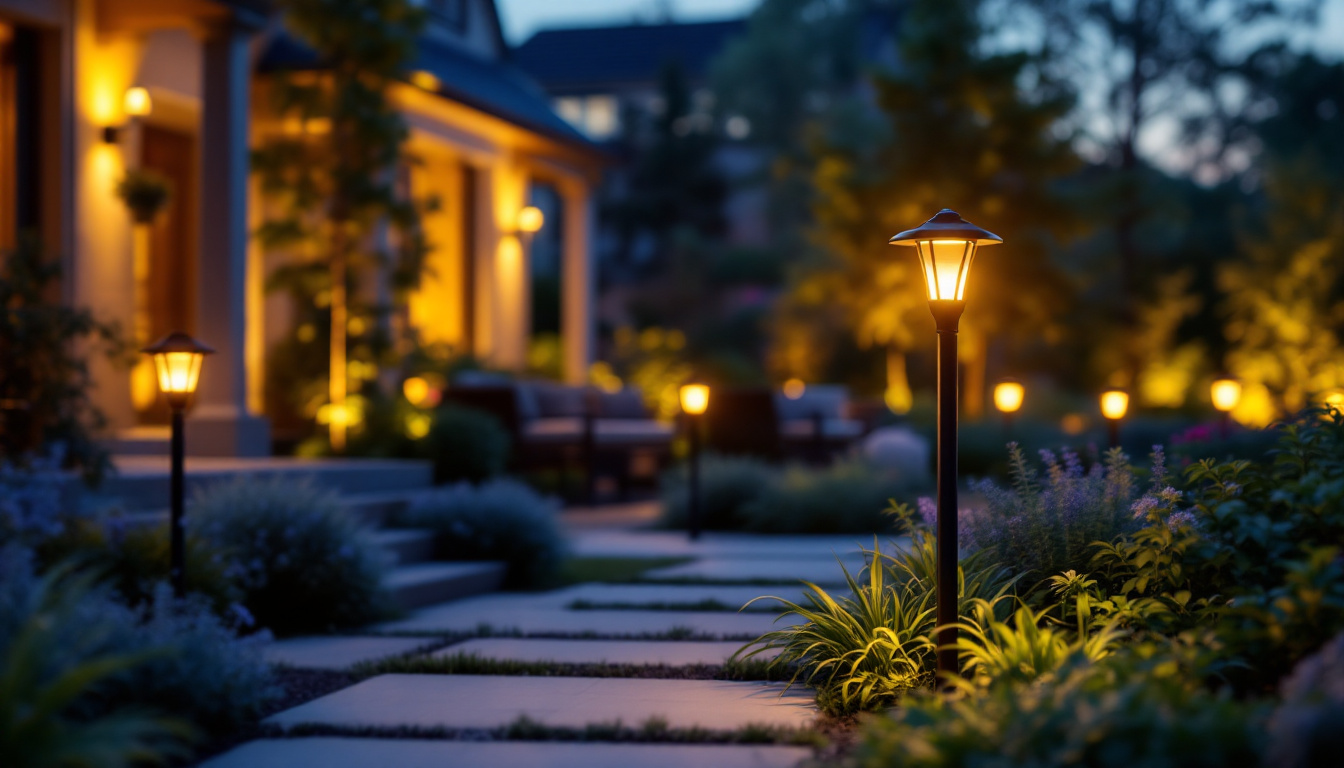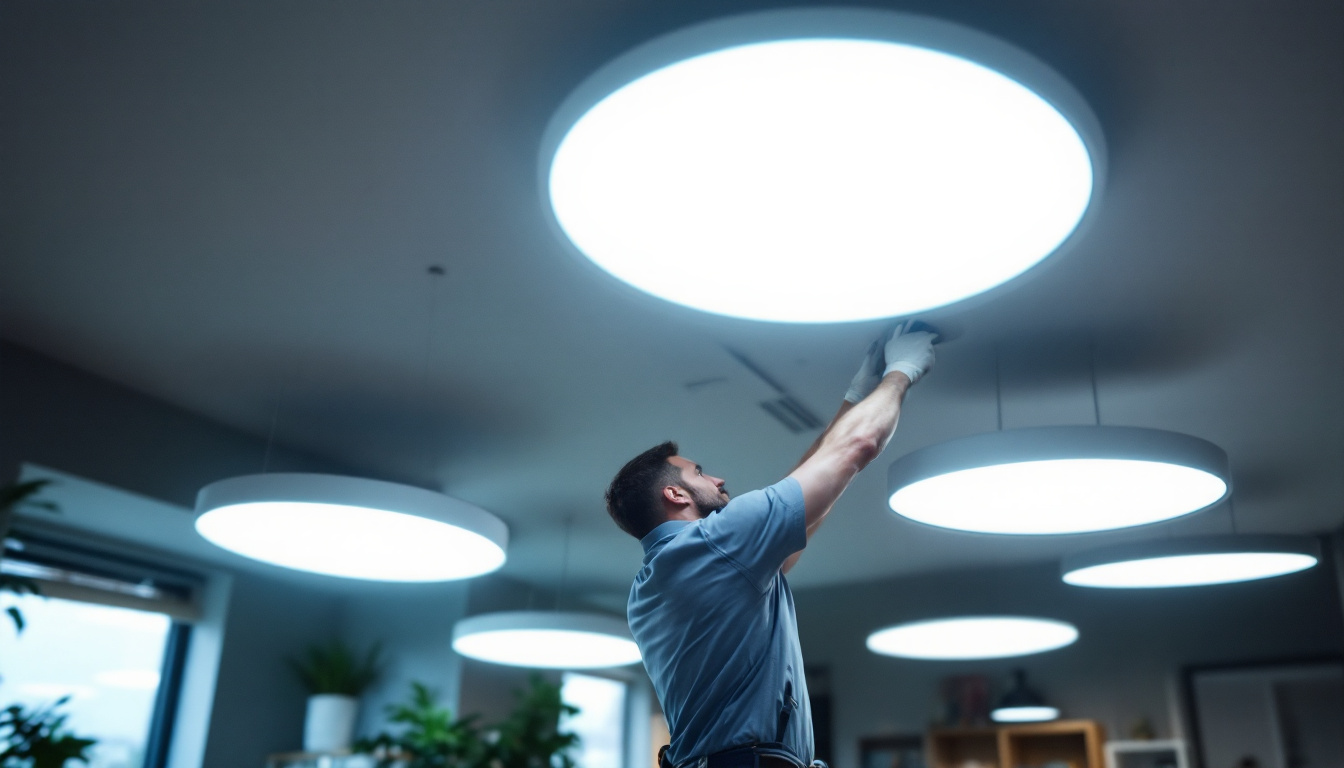
In the evolving landscape of lighting technology, LED dimmable strips have emerged as a popular choice among contractors and designers alike. These versatile lighting solutions offer a range of benefits, from energy efficiency to aesthetic appeal. However, understanding the intricacies of LED dimmable strips is crucial for lighting contractors who wish to provide their clients with the best possible options. This article delves into the essential aspects of LED dimmable strips, equipping contractors with the knowledge they need to make informed decisions.
LED dimmable strips are flexible circuit boards populated with light-emitting diodes (LEDs) that can be cut to size and installed in various applications. They are designed to provide adjustable brightness levels, allowing users to create the desired ambiance in a space. The ability to dim these lights not only enhances the aesthetic appeal but also contributes to energy savings.
Unlike traditional incandescent bulbs, LED strips utilize semiconductor technology, which allows them to convert electricity into light more efficiently. This efficiency translates into lower energy consumption and longer lifespans, making them a cost-effective choice for both residential and commercial projects.
Moreover, the flexibility of LED strips enables them to be installed in a variety of locations, from under cabinets to along staircases or in coves. This adaptability allows contractors to meet the specific lighting needs of their clients while also providing creative solutions for unique architectural features. The ease of installation is further enhanced by the availability of adhesive backing on many LED strips, making it simpler for DIY enthusiasts to incorporate them into their home improvement projects without the need for professional assistance.
There are several types of LED dimmable strips available on the market, each catering to different needs and preferences. The most common types include:
In addition to these types, LED dimmable strips can also come with various features such as remote control operation, app connectivity, and even voice activation through smart home systems. These advancements allow users to easily adjust their lighting preferences from anywhere in the room, adding a layer of convenience and modernity to their lighting solutions. Furthermore, many LED strips are now designed with energy-efficient technology that not only reduces electricity bills but also minimizes environmental impact, making them a responsible choice for eco-conscious consumers.
The adoption of LED dimmable strips in lighting design comes with numerous advantages that can enhance both the functionality and aesthetic of a space. Understanding these benefits can help contractors make a compelling case to their clients.
One of the most significant benefits of LED dimmable strips is their energy efficiency. Compared to traditional incandescent or fluorescent lighting, LEDs consume significantly less power. This reduction in energy usage not only lowers electricity bills but also contributes to a more sustainable environment.
Furthermore, when dimmed, LED strips consume even less energy, making them an excellent choice for spaces where adjustable lighting is needed. This dual advantage of efficiency and dimming capability is particularly appealing to eco-conscious clients.
LEDs have a much longer lifespan than traditional light sources, often lasting up to 25,000 hours or more. This longevity means reduced maintenance and replacement costs for clients, making LED dimmable strips a wise investment.
Additionally, LED strips are more durable and resistant to shock and vibration compared to their incandescent counterparts. This resilience makes them suitable for a variety of environments, including high-traffic areas and outdoor installations.
LED dimmable strips offer unparalleled versatility in design. Their flexible nature allows them to be installed in tight spaces, around corners, or along curved surfaces, providing lighting solutions that traditional fixtures cannot achieve.
Contractors can use LED strips to highlight architectural features, create ambient lighting, or provide task lighting in kitchens and workspaces. This versatility not only enhances the functionality of a space but also allows for greater creativity in lighting design.
While LED dimmable strips offer numerous benefits, proper installation is crucial to ensure optimal performance and longevity. Contractors should consider several factors when planning an installation.
LED strips require a specific power supply to function correctly. It is essential to select a power supply that matches the voltage and wattage requirements of the LED strips being used. Most LED strips operate at 12V or 24V, and using an incompatible power supply can lead to poor performance or damage to the strips.
Additionally, contractors should ensure that the power supply has sufficient capacity to handle the total wattage of the installed strips. A power supply that is too small may lead to flickering or dimming of the lights.
Not all dimmers are compatible with LED technology. It is vital to choose a dimmer specifically designed for LED lights to avoid issues such as flickering or buzzing. Many manufacturers offer dimmers that are labeled as LED-compatible, providing a reliable option for contractors.
When selecting a dimmer, consider the total load of the LED strips and ensure that the dimmer can handle that load. This attention to detail will help prevent potential issues during and after installation.
Although LED strips generate less heat than traditional lighting, they can still produce some heat, especially when used at higher brightness levels. Proper heat management is essential to ensure the longevity and performance of the strips.
Contractors should consider using heat sinks or ensuring adequate ventilation in enclosed spaces to dissipate heat effectively. This practice will help maintain optimal operating temperatures and prolong the lifespan of the LED strips.
LED dimmable strips are incredibly versatile and can be used in a wide array of applications. Understanding where these strips can be effectively utilized will allow contractors to offer tailored solutions to their clients.
In residential settings, LED dimmable strips can enhance the ambiance of living rooms, bedrooms, and kitchens. They can be installed under cabinets for task lighting, along shelves for accent lighting, or in coves for indirect lighting.
Moreover, the ability to adjust brightness levels allows homeowners to create the perfect atmosphere for various activities, whether it’s hosting a dinner party or enjoying a quiet evening at home.
In commercial environments, LED dimmable strips can be used to create inviting atmospheres in restaurants, retail stores, and offices. They can highlight products, create focal points, or provide general illumination.
The versatility of LED strips enables businesses to adapt their lighting to different events or times of day, enhancing the overall customer experience. This adaptability can significantly impact sales and customer satisfaction.
LED dimmable strips are also popular in architectural lighting applications. They can be used to accentuate architectural features, such as columns, arches, and ceiling designs. By strategically placing LED strips, contractors can create dramatic effects that enhance the overall design of a space.
Additionally, the flexibility of LED strips allows them to be integrated into various architectural elements, providing seamless lighting solutions that blend with the design.
Despite their many advantages, there are challenges associated with LED dimmable strips that contractors should be aware of. Understanding these challenges and their solutions can help ensure successful installations.
One common challenge with LED strips is achieving color consistency across different lengths or batches. Variations in manufacturing can lead to noticeable differences in color temperature or brightness.
To mitigate this issue, contractors should source LED strips from reputable manufacturers and ensure that all strips used in a project come from the same batch. This practice will help maintain uniformity and enhance the overall appearance of the lighting design.
Flickering can be a frustrating issue for both contractors and clients. It is often caused by incompatible dimmers, insufficient power supply, or poor-quality LED strips.
To address flickering, contractors should always use LED-compatible dimmers and ensure that the power supply is adequate for the total load. Additionally, opting for high-quality LED strips can minimize the risk of flickering and enhance the overall performance of the installation.
While LED dimmable strips are relatively easy to install, certain applications may present challenges, particularly in complex designs or tight spaces. Contractors must be prepared to adapt their installation techniques to accommodate these challenges.
Planning is essential; contractors should thoroughly assess the installation area and determine the best approach before beginning the project. This preparation will help streamline the installation process and ensure a successful outcome.
LED dimmable strips represent a significant advancement in lighting technology, offering contractors a versatile and efficient solution for a variety of applications. Understanding the unique characteristics, benefits, and challenges associated with these strips is essential for lighting contractors aiming to deliver high-quality results to their clients.
By staying informed about the latest trends, installation techniques, and product options, contractors can position themselves as experts in the field and provide exceptional service. As the demand for energy-efficient and customizable lighting solutions continues to grow, embracing LED dimmable strips will undoubtedly enhance the capabilities of lighting contractors in today’s competitive market.
Ready to elevate your lighting projects with the efficiency and versatility of LED dimmable strips? Look no further than LumenWholesale for the highest quality, spec-grade lighting products at unbeatable wholesale prices. Our extensive selection is designed to meet the highest industry standards, ensuring you get reliable, high-performance lighting for every project. Plus, with free shipping on bulk orders, you can stock up on the best lighting solutions without worrying about hidden fees or compromises. Don’t miss out on the perfect blend of quality, affordability, and convenience. Visit LumenWholesale today and experience Wholesale Lighting at the Best Value.

Discover how 6 In Retrofit LED lighting offers a competitive edge for contractors—boost energy efficiency, reduce costs by up to 50%, and stay ahead in the market.

Discover why lighting contractors should prioritize canopy lighting kits in their projects.

Discover how solar outdoor post lighting can revolutionize your landscape design with eco-friendly elegance and efficiency.

Discover the essential checklist for lighting contractors focusing on LED drop-in ceiling lights.